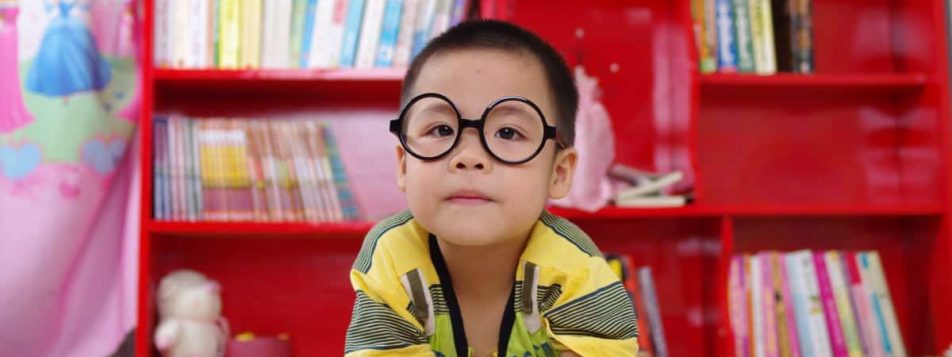No-Size-Fits-All
There’s increasing evidence to prove what teachers have suspected for a long time: Education is not one-size-fits-all. A child’s personality and the way they process and retain information differs from child to child. Understanding your child’s natural learning style can help you choose teaching methods that will help them learn best, as well as improve your parent-child relationship by making learning a less painful and more interactive experience!
Research has uncovered three broad categories of learning styles in terms of how content is presented:
Visual
Children with a visual learning style can process information better when it’s presented using pictures and images. Mind maps, diagrams, and flowcharts are great teaching tools for these children. They may also benefit from using a highlighter to visually draw attention to important content while they study.
Aural
These children learn best from listening. Audiobooks and verbal instruction are perfect learning tools for children with an aural learning style. Discussions also help by allowing them to talk through problem sets, and use rhythm and sound to stimulate their memory.
Kinesthetic
These children find it hard to keep still, and prefer learning by doing. They learn best when teaching involves practical examples and activity, as they use movement to help with their memory. If your child is a kinesthetic learner, they may enjoy using 3D models and objects as they learn. Experiments and practical lessons are also highly beneficial to their learning.
Beyond being visual, aural, or kinesthetic learners, your child may also be innovative, analytical, or dynamic learners based on what kind of content they enjoy learning:
Innovative
If your child is an innovative learner, he/she has a strong sense of social justice, and is interested in learning things that are personally meaningful and reflect his/her values. For these learners, it’s important to relate textbook content with real-world implications, and to help your child understand how this content can be used to contribute society.
Analytical
Children with an analytical learning style prefer to emphasise facts and logical connections between pieces of content. It’s important to provide these children with evidence behind content, and guide them step-by-step to understand the logic behind problem-solving processes.
Dynamic
Dynamic learners tend to use their gut instincts to solve a problem, and are good at integrating content and knowledge from various sources. These learners benefit from being shown the big-picture links between different topics, and from making connections between different concepts.
Conclusion
Your child may possess one dominant learning style or a mix of styles that suit him/her best. Preferred learning styles may also change over time. In fact, students who can adapt to different learning styles are most effective at absorbing and retaining information, so it’s good to expose your child to different learning styles – although this should be done slowly, patiently, and at less crucial periods (i.e. not just before exams)!
Find out more about how Cudy, offering online tuition in Singapore, is making learning easier and more interactive at www.cudy.co.






